How can I make my transmission last longer?
A transmission can be easy to maintain, but terribly pricey to replace. It makes sense to take care of your automotive transmission now, rather than be caught off-guard by a huge repair bill later. The following strategies will help to keep your transmission working well and shifting seamlessly behind the wheel.
Tips to maintain your car or truck transmission include:
Check your fluids.
It may sound simple but keeping an eye on your transmission fluid is one of the most effective ways to take care of your auto’s transmission that there is. This will also allow service techs and mechanics the opportunity to identify any potential issues, based on the level or absence of fluid. Often times leaks can cause problems so identifying a leak before it becomes and expensive repair is very important for your transmissions health.
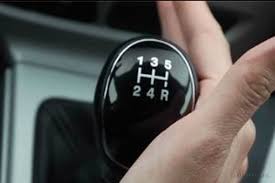
Keep it in gear.
Be aware of what gear you are driving in. Repeatedly driving 45mph in first-gear will cause trouble for your transmission over time. Likewise, when driving an automatic, be sure that you are in the recommended “drive” mode before heading out. Most drivers who own a car with manual transmission know what their doing. But they often lend out their car to others who don’t exactly know how to drive a stick. A lot of damage can be done to the gears if driven improperly. Make sure before you let someone else drive, they know what their doing.
Shift only after you stop.
When switching from first to reverse or vice versa make sure you come to a complete stop before shifting in and out of gear. Shifting between these gears while moving could weaken or strip the gears of the transmission if done consistently.
Take time to tune-up.
Don’t miss your regular tune-up appointments. A faulty engine can wreak havoc on the transmission, and can make it work harder than it should have to when shifting. Everything is connected in a car. Check your alignment, get your tune ups, and take care of the overall health of the rest of your vehicle and your transmission will benefit.
Let it get warm.
Take time to warm your vehicle up before dropping it in gear and driving. This applies to both cold-weather and warm-weather driving. Give the vehicle five minutes to idle before taking off. This is especially true during the cold snaps that we get in Portland, Oregon during winter. Let your vehicle warm up before changing gears and be safe when you’re out driving in bad weather this winter.
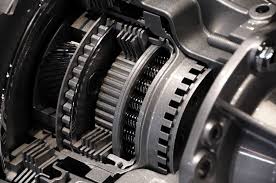
Use caution when helping out others.
Think twice before offering to tow or haul vehicles or other heavy loads with your vehicle. The added weight can cause wear and potential issues for your transmission, unless you have a heavy-duty vehicle that is designed for such utility. Instead, be helpful by offering to call a tow-truck!
Address repairs and concerns quickly.
Don’t delay in having your vehicle looked at when you notice signs of a transmission issue. This might include a strange smell, grinding when shifting gears, or an unusual sound. Failure to promptly address these concerns could result in a far more serious and costly problem.
Keep things cool.
If you put your vehicle through its paces, the rough terrain, added weight, and heavy utility can generate heat, which wreaks havoc with a transmission. Cool down your transmission by installing an auxiliary cooling system or fan. Talk with automotive experts regarding the most practical options for your specific vehicle.

Servicing the vehicle right way
It’s always important to stick to your regular service routine. This should also be done according to the guidelines in your manual. The transmission fluid, as well as the fluid filter, should also be changed periodically. For older cars, you’ll want to do this every one and a half years or anywhere between 20,000 to 30,000 miles. New cars will be fine with two-year periodical changes or every 40,000 to 50,000 miles. Most manufacturers would expect you to change the fluid every 30,000 to 60,000 miles cover, for manual transmissions. Under heavy-duty use, you may consider changing the fluid after 15,000 miles. Automatic transmissions can be serviced anywhere from 30,000 miles or longer.
Don’t ignore warning signs
Funny sounds, grinding gears, strange smells, or droplets of red or green fluid on the garage floor all point to transmission problems. If you want your transmission to remain fully functional for a long time, things like these should not be delayed or ignored. This can prove very expensive, going forward.
Check your driving style
You may have to check your driving style for bad habits that may put your transmission at risk. These can include quick starts and stops as well as constant acceleration and deceleration. You’re better off with an even speed or perhaps using cruise control when you’re on the highway.
Invest in a transmission cooler
Transmission coolers can help you get more life out of your transmission. This will help keep heat under control while also keeping the fluid very cool. This is necessary since heat can cause substantial damage to your transmission. It can damage the seals, the electronic components, and the metal surface. This can easily prolong your transmission’s lifespan by as much as twice or thrice than you can get without a cooler.
Getting the most out of your transmission
Granted, no transmission lasts forever (though some try), but regular maintenance can keep your car on the road for many years and miles without ever experiencing any transmission problems. Ignore the maintenance, however, and an automatic transmission can fail in as few as 75,000 miles, leaving you with costly repairs, and in some cases, a voided warranty. A typical transmission service includes:
- Replacing the automatic transmission fluid (ATF) roughly every 40,000 miles, depending on the OEM’s recommended schedule. Learn how to perform this relatively simple, inexpensive procedure yourself.
- Upgrading to a synthetic transmission fluid (if appropriate for the vehicle)
- Adjusting transmission bands every 60,000 miles (such as on an older car or heavy-duty pickup)
- Checking the fluid level often and refilling it to the proper level when it’s low.
- Using the ATF specified by the vehicle manufacturer and never mixing different types of transmission fluids.
- Replacing the transmission filter or screen based on the vehicle manufacturer’s mileage and/or time intervals.
- Cleaning the transmission pan’s magnet(s) to remove metal fragments it has trapped.
- Using a transmission conditioning product to help restore performance and fix small leaks.



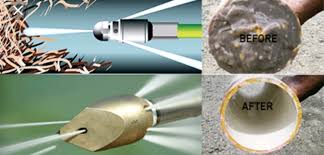
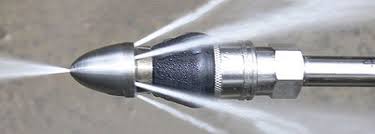


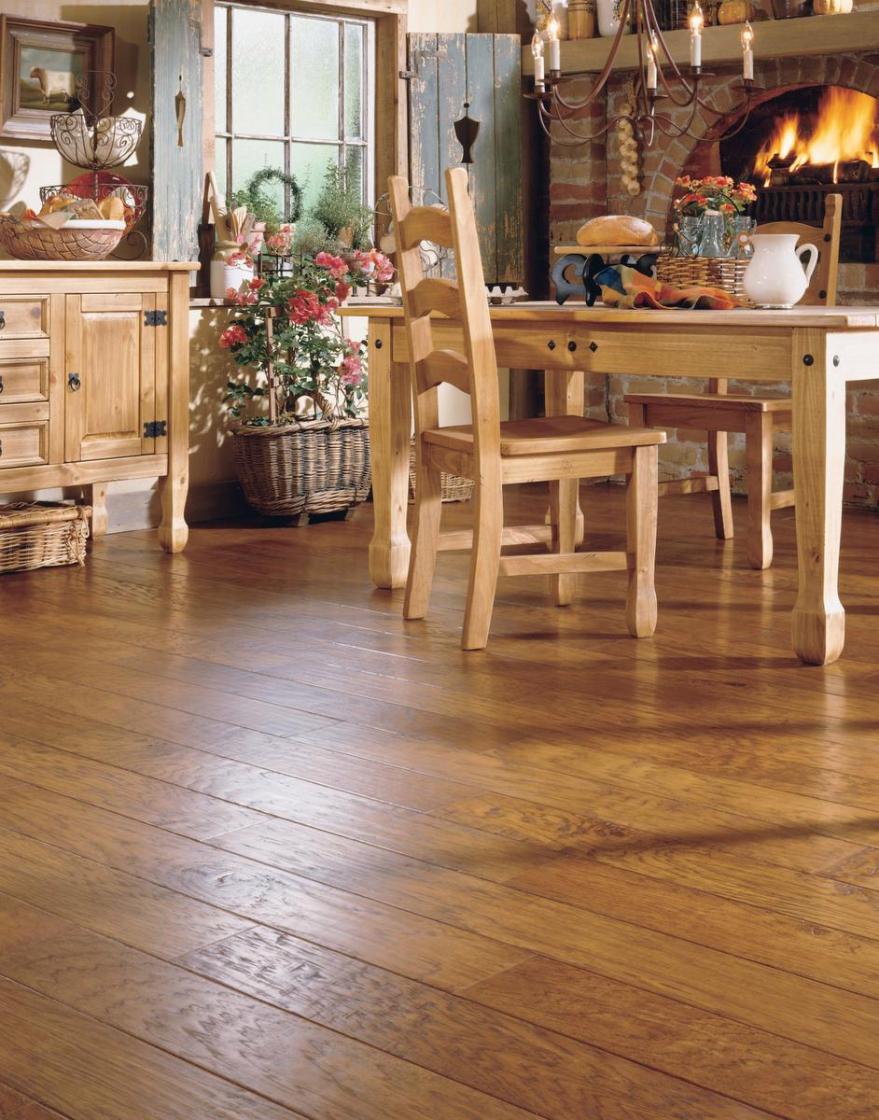














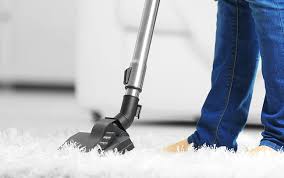
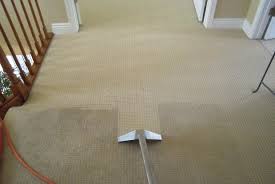
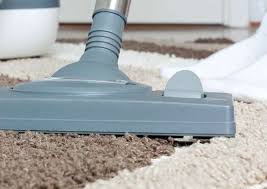
Recent Comments